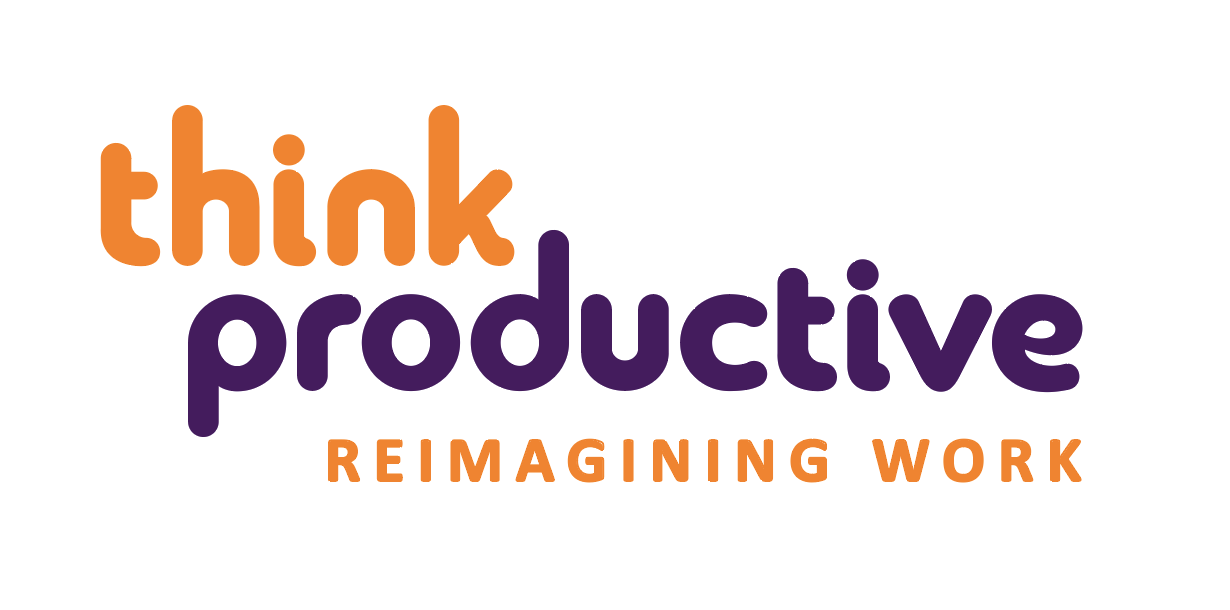Many of us wish we could devote more time in our lives to exercising, and keeping our bodies fit and healthy. It’s easy to get comfortable with the idea that you’re just not ‘that kind of person’ – the kind that can get up at six in the morning and be a run and a protein shake down before your morning shower. Of course, this isn’t slightly true. With a combination of motivation, hard work, and the right mind set, just about anybody can turn physical exercise into a habit of daily routine. Here’s how…
Start small
One of the best ways to introduce exercise into your life is to start small. If you’ve never been for a run before, burning yourself out on five miles might leave you so traumatised that you’ll hang up your running shoes for good. Instead, try a half or full mile. Practice until you can complete it without stopping, and then slowly begin to increase your distance.
The sense of achievement at completing shorter goals (rather than falling short of longer ones) should motivate you to keep going.
Track your sessions – not your progress
Many people will start an exercise routine, vigorously track their progress – weight loss, muscle gain, stamina increase – and then quit if they aren’t seeing results within a few sessions. The fact is, you’ll start to see results once exercise becomes a regular feature of your week that you have maintained over a period of time.
In the early stages, when your primary goal is to turn exercise into a habit, don’t closely monitor your physical progress – track the frequency of your workouts. This doesn’t mean increasing the number of workouts that you complete each week! The goal is to maintain a regular exercise pattern, and to incorporate exercise into your weekly routine.
You might want to use Jerry Seinfeld’s ‘Don’t Break the Chain’ technique. Decide the number of days a week you want to exercise, and each time you complete a run or workout session, mark the day on a calendar (physical or virtual) with a large, red ‘X’. So, if you want to start slow and work out every Sunday, start marking the Sundays in your calendar as you complete them. The idea is that you won’t want to break this regular chain of ‘X’s – especially as the chain gets longer – and so you’ll be more likely to stick at it.
Try a 30-day challenge
Sometimes it’s easier to continue working when you know that the end is in sight. You might have seen some of these 30-day challenges floating around the internet – there’s one for just about everything. The great thing about them is that you can tell yourself repeatedly ‘it’s only for thirty days, it’s only for thirty days’, and before you know it you’re whizzing through the month, and introducing something new to your daily routine. Plus, if it only takes 21 days of repeated action to turn something into a habit, you’ll have formed a new habit before the month is up!
Depending on your exercise of choice, every day for thirty days might seem a bit excessive. While exercise based 30-day challenges are usually designed to start gently and slowly build your fitness, you might want to take this idea and decide that you’re going to work out once (or twice!) a week, every week this month. Once the month is up, it’s totally up to you to decide if you want to continue – but ideally the habit will have already sunk in, and you’ll be in the perfect position to keep it up.
Buddy up
One of the best ways to ensure that you stick to your word in any situation is to vocalise your goals, and have somebody else to hold you to your word. Tell people that you plan on exercising more, and be prepared to respond over the coming weeks when they ask you how it’s going!
You could take this one step further, and have somebody embark on your exercise-to-habit quest with you! That way, you’ll be able to motivate each other, and introduce a social aspect to working out that might make exercising more enjoyable.
Find exercise that doesn’t feel like exercise
Lastly, if you’re really struggling to get yourself moving, try and find a form of exercise that you actually enjoy! Running definitely isn’t for everyone, but you could try and find somewhere local to play tennis or squash. You could also look up local dance or sports classes, or join an amateur football team. Exercise can present itself in so many different – sometimes almost unrecognisable – forms, so it’s all about finding the type of exercise that is going to work for you.
Let us know how you get on, or tweet your own suggestions for transforming exercise from a chore into a habit to @thinkproductive.
By Steph Rathbone



